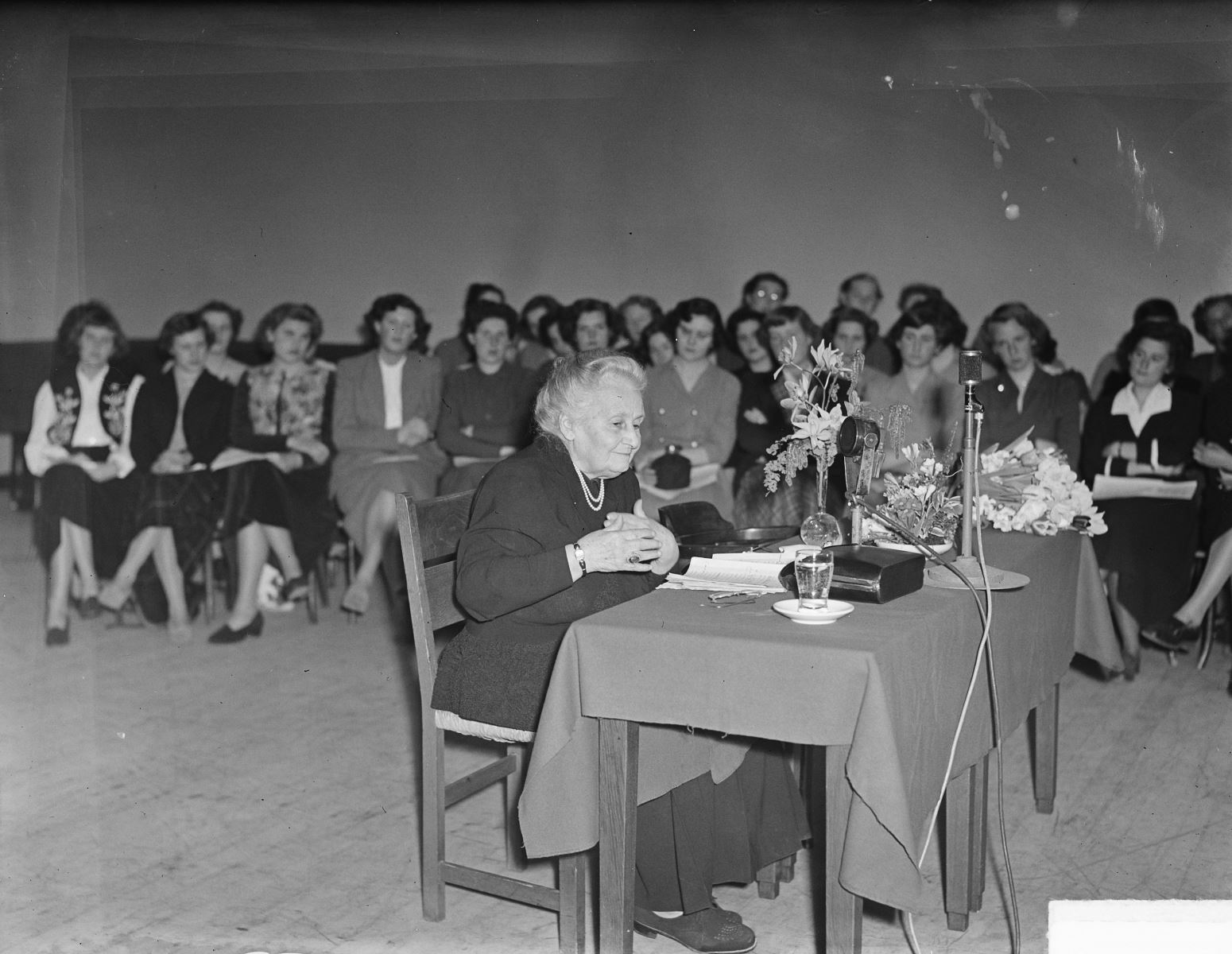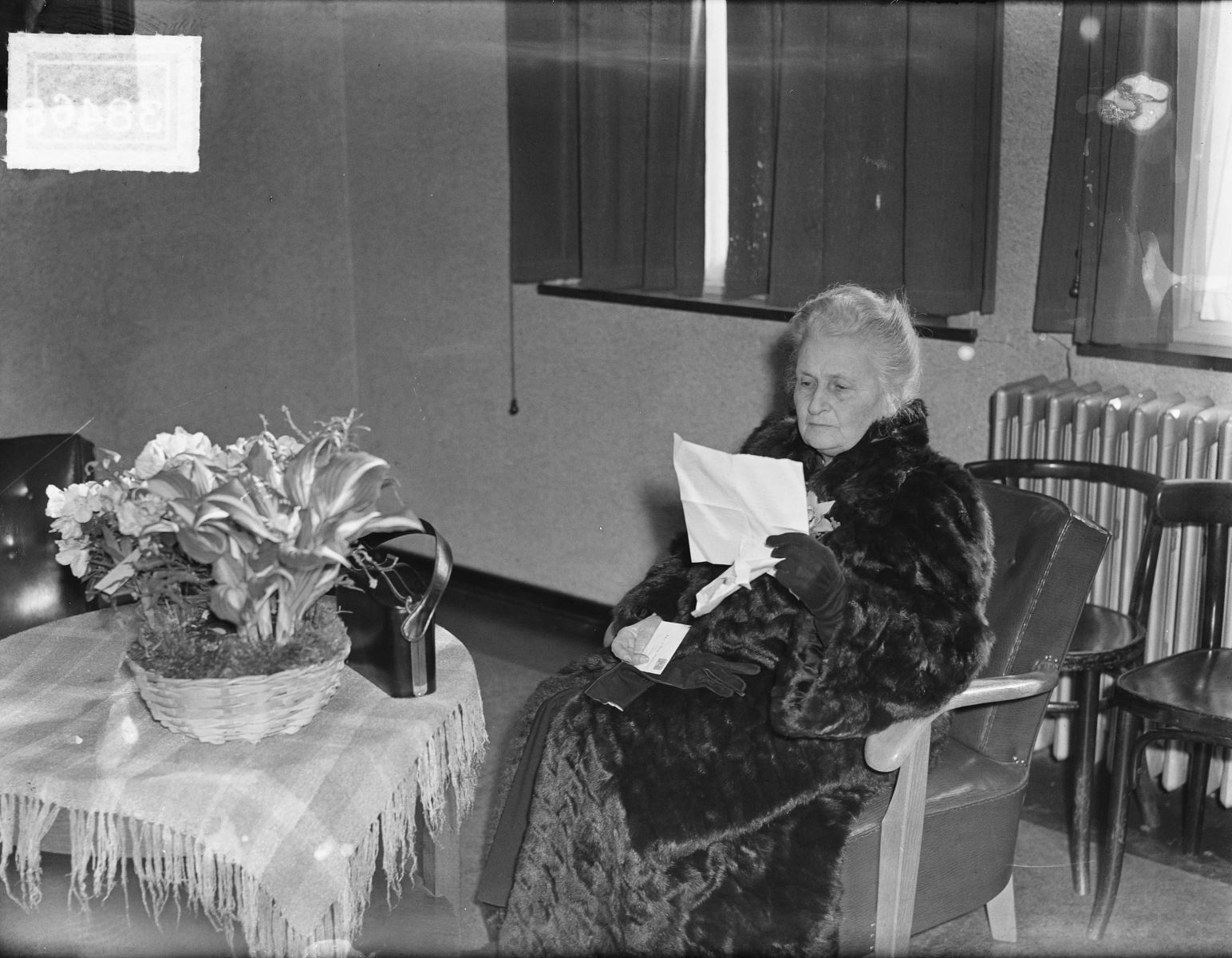Maria Montessori (1870–1952) is an Italian physician, intellectual, lecturer, full-time educator, and innovator. She first became interested in education while caring for mentally challenged children in a psychiatric clinic in Rome. Her innovative practices—including a combination of sensory-rich environments and hands-on experiential techniques—soon elicited positive learning behaviors from children previously left behind by society.
She designed a special teaching program that allowed them to read and write, surprising everyone when she presented her students at a public school for an examination together with normal children, and they passed the examination successfully. The success of her method triggered her to ask questions about “normal” education and why children failed.
In 1907, Maria accepted a new challenge to open a childcare center in a poor city district. This became the first Casa dei Bambini or “Children’s house”, a quality learning environment for young children. She expanded the range of practical activities and exercises for care of the environment and the self; such as flower arranging, hand washing, gymnastics, care of pets, and cooking.
She also included large open air sections in the classroom, encouraging children to come and go as they please in the room’s different areas and lessons. She taught teachers how to respect individual differences, and to emphasize social interaction and the education of the whole personality, rather than the teaching of a specific body of knowledge.
“The child can develop fully by means of experience in his environment. We call such experiences ‘work’.”—Maria Montessori.
Surprisingly, children made extraordinary progress, and soon 5-year-olds were writing and reading. News of Montessori’s new approach spread rapidly, and within only one year many kindergartens were transferred into Case dei Bambini, ushering in the spread of the new educational approach.
 Maria Montessori in Amsterdam. Credits: Wikipedia.
Maria Montessori in Amsterdam. Credits: Wikipedia.
The Montessori Educational Method
Dr. Montessori’s visionary ideas flourish as the cornerstone of the educational practice; her pioneering work created a blueprint for nurturing all children from gifted to learning disabled.
- The Absorbent Mind
The child is naturally eager for knowledge and capable of initiating learning in a supportive, thoughtfully prepared learning environment. Dr. Montessori believed that young people learn best when engaged in purposeful activity rather than simply being fed information.
- Children Are the Center of Learning
The method is designed to help each student discover and develop their unique talents and possibilities. They treat each child as a unique individual learner; children learn at their own pace, and learn in the ways that work best for them as individuals. The goal is to be flexible and creative in addressing each student as a unique individual.
- Education is Fun
The curriculum is focused on hands-on learning, as students work on activities that teach language, math, cultural and practical life lessons. Each classroom is equipped with materials that first teach through the senses and later lead to reading, writing, advanced mathematics, problem solving, geography, science and cultural studies. Visual arts, music, and movement are interwoven throughout the days’ activities.
- Multiage Classrooms
Children are grouped by interest and ability rather than age; multiage classrooms help students learn from and support one another, re-creating a family structure. Older students enjoy stature as mentors and role models; younger children feel supported.
- The Prepared Environment
Classrooms tend to fascinate children; they are normally bright, furnished with child-scaled pieces, warm, and inviting, filled with plants, animals, art, music, and books. Classrooms permit freedom of movement for active preschool children and easy observation for adults.
- Respect for the Child
Teachers show respect for children when they help them do things and learn for themselves. When children have choices, they are able to develop the skills and abilities necessary for effective learning autonomy, and positive self-esteem.
 Maria Montessori in Amsterdam. Credits: Wikipedia.
Maria Montessori in Amsterdam. Credits: Wikipedia.
Thanks to Dr. Maria Montessori’s beautiful mind, the source of her approach and philosophy, which values the human spirit and the development of the whole child in all aspects; physical, social, emotional, and cognitive. She was nominated twice for the Nobel Peace Prize, awarded the Dutch and French Legion of Honor, and received an Honorary Doctorate from the University of Amsterdam.
References
www.education.com
www.montessori.edu
www.infed.org
www.puremontessori.com
www.dailymontessori.com
This article was first published in print in SCIplanet, Women and Science (Spring 2016) Issue.